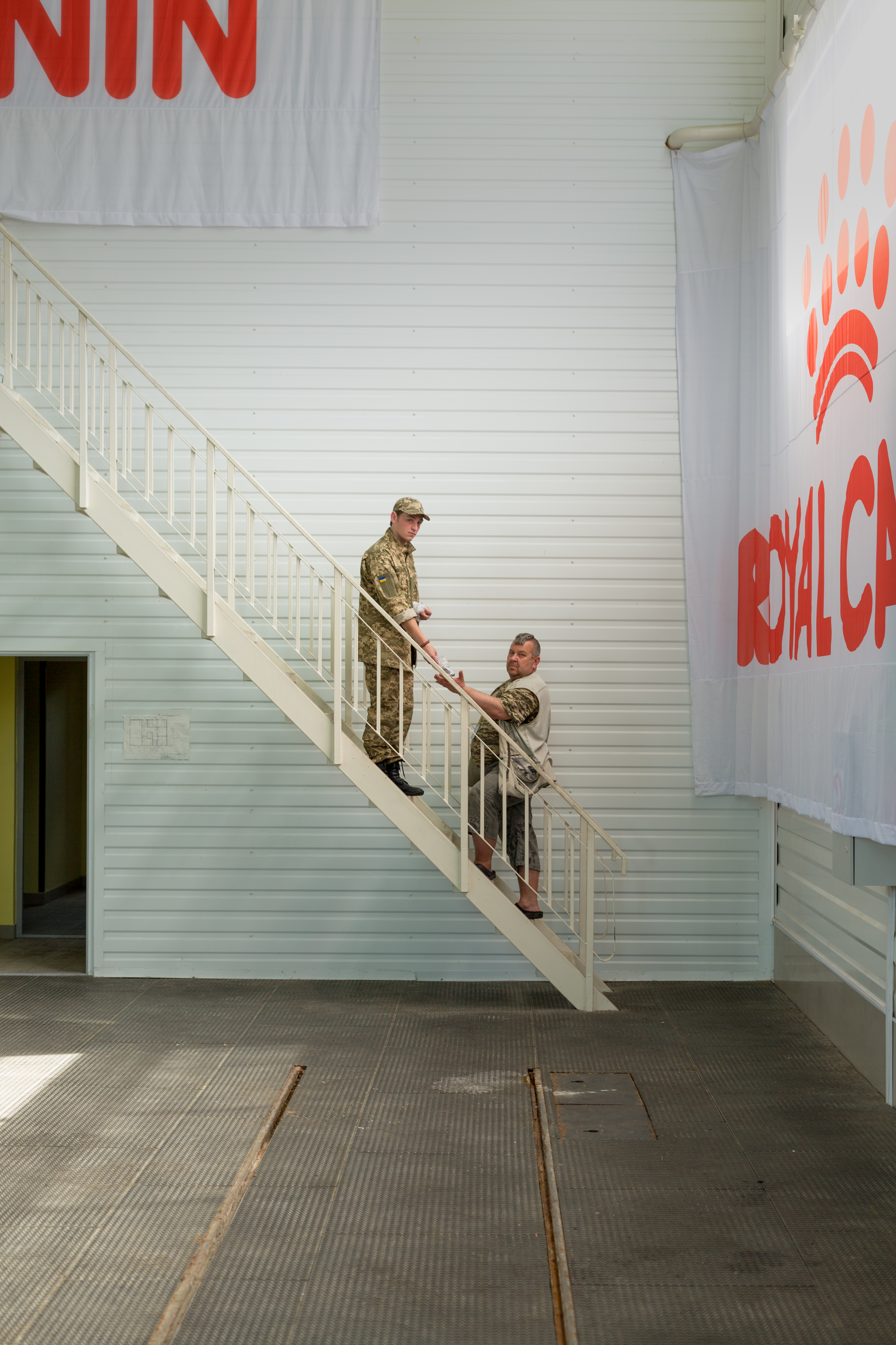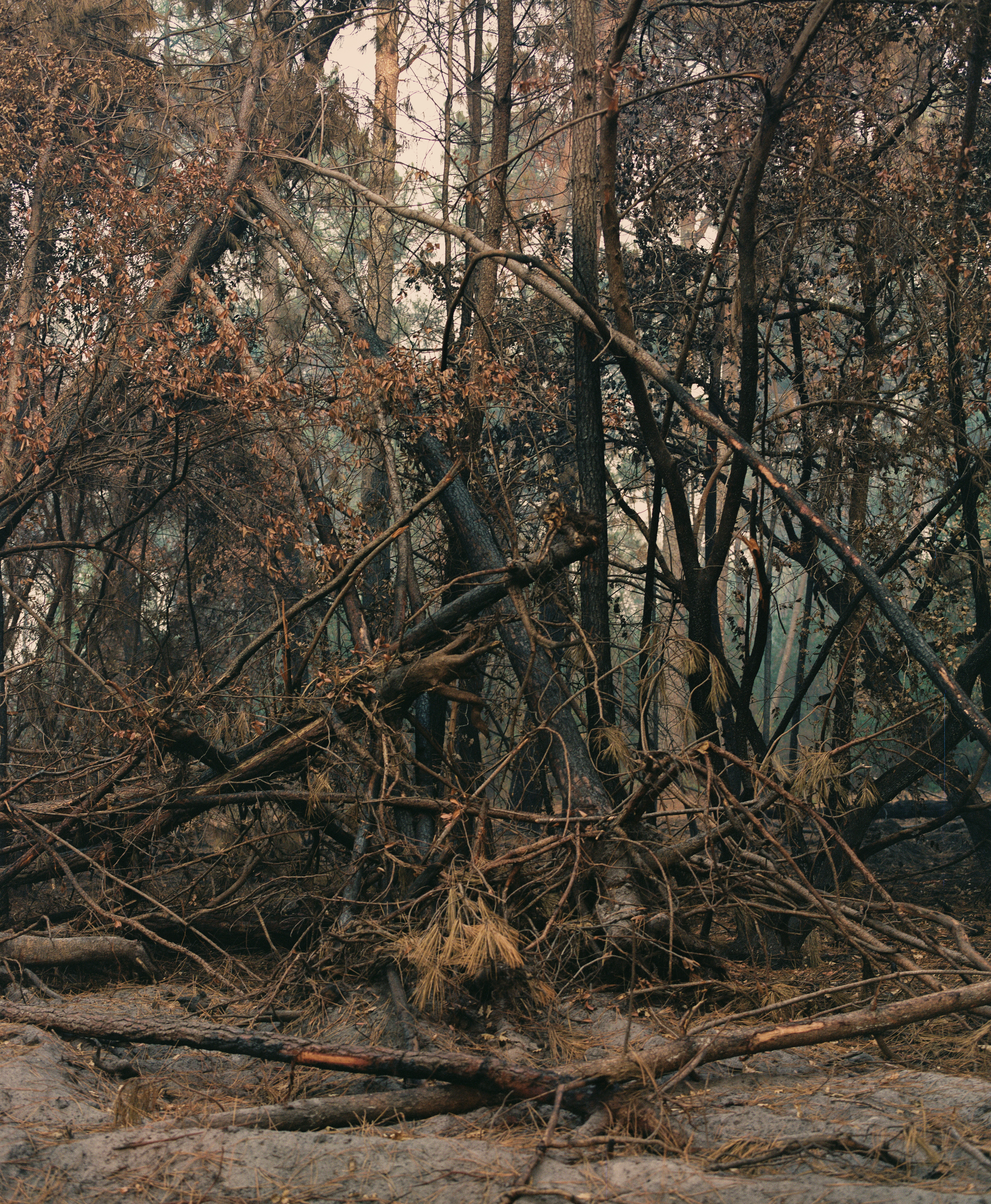‘Museum of Corruption’ – Interview by Cristina Cusenza from HW Team with Alexander Parkyn-Smith, Visual Anthropologist
HW: Introduce us to your new project in collaboration with the anthropologist Dr Taras Fedirko. How did you come up with this idea? What inspired you, and what do you aim to communicate?
APS: I am working on the project ‘Museum of Corruption’ with my friend and collaborator Taras. We both had the same supervisor for our PhDs. Taras now works at Cambridge University in the Anthropology department where his research is focussed on Ukraine, his home country.
Fascinated to find out more about his research and keen to explore the use of photography as part of an anthropological fieldwork practice, we discussed the possibility of a visual exploration of one site he had come across during his research. The former residence of ex-president of Ukraine Viktor Yanukovych. Quirky, surprising and visually striking it seemed like a good subject to explore together. The images in the project explore our subjects onstage presentation of self, alongside the offstage realities of life in modern Ukraine.
Over a number of trips in the last couple of years we have worked to make a collection of documentary images. Learning as we go about negotiating research with a camera and taking photos that explore topics and themes being researched. The project has allowed us to reflect on the similarities and differences between anthropological and photographic practice. We have found that both allow for new opportunities for the other but that ultimately there are limitations in the messages that each can communicate, and this is something that is being explored more in the editing stage which we are in now.
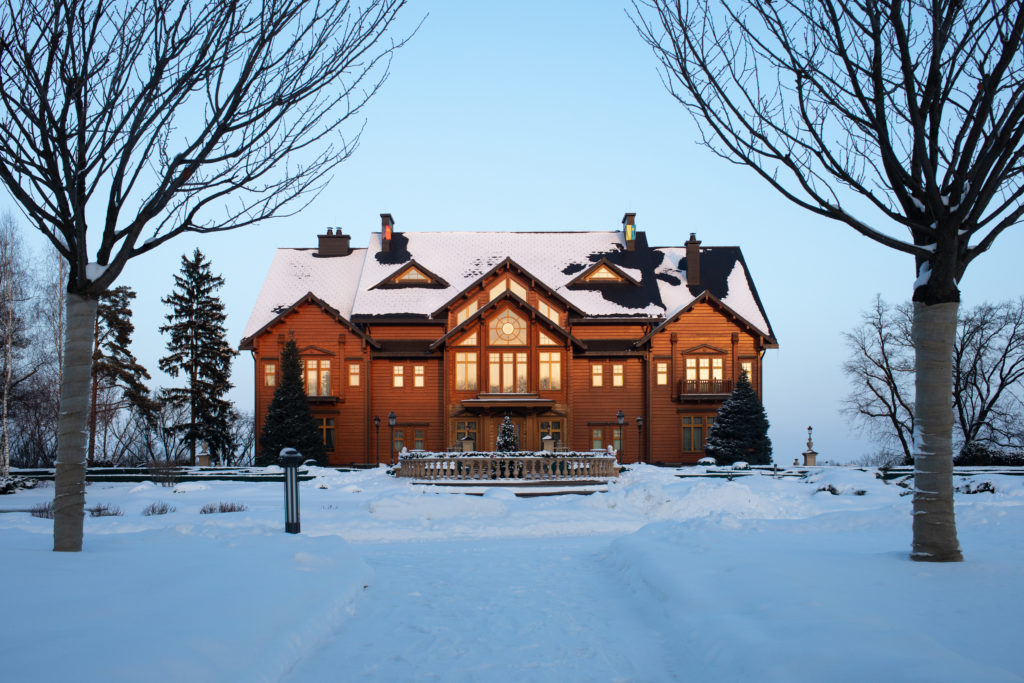 @Copyright Alexander Parkyn-Smith
@Copyright Alexander Parkyn-Smith
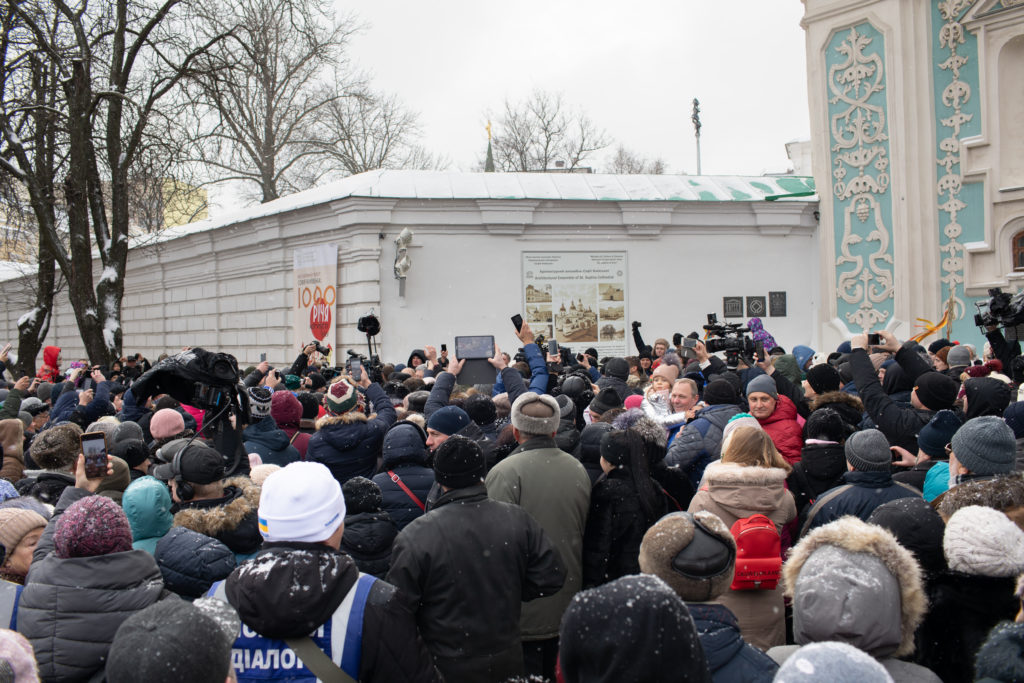 @Copyright Alexander Parkyn-Smith
@Copyright Alexander Parkyn-Smith
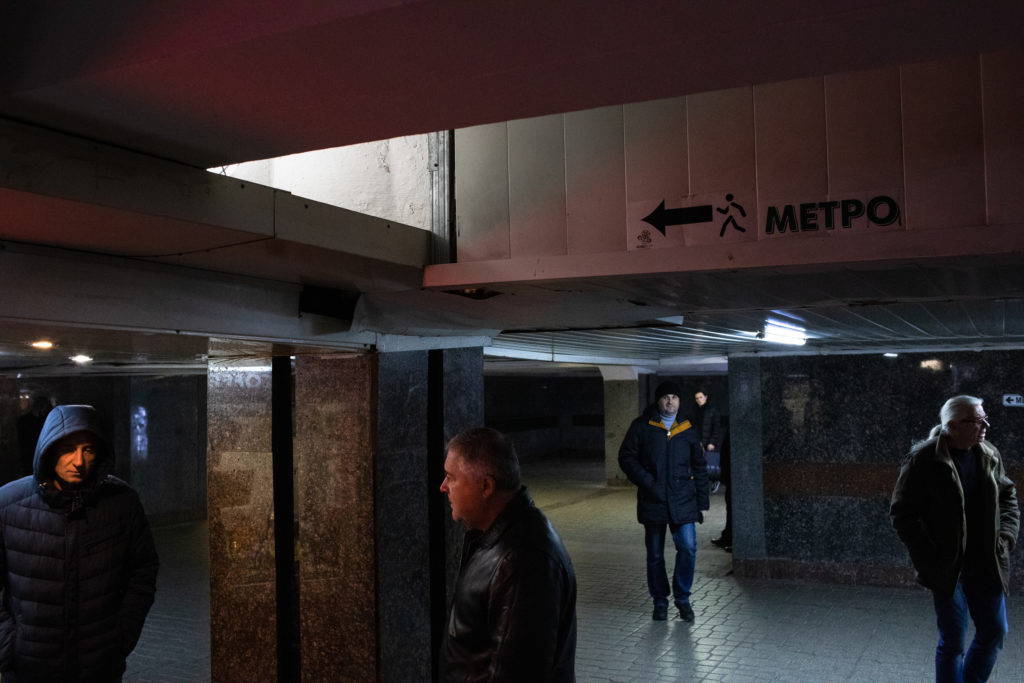 @Copyright Alexander Parkyn-Smith
@Copyright Alexander Parkyn-Smith
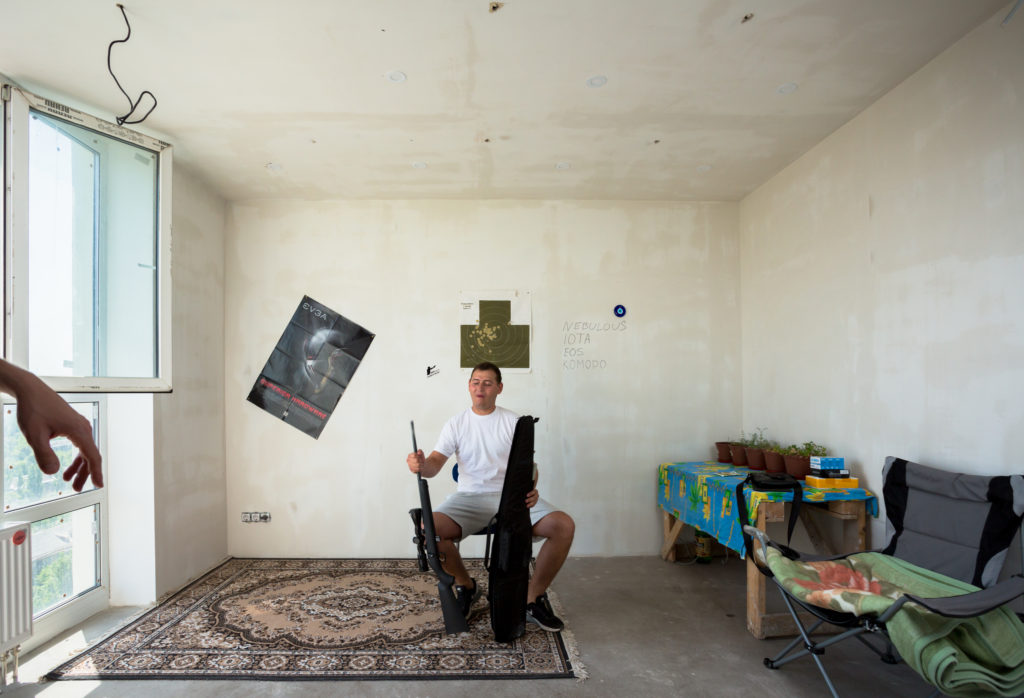 @Copyright Alexander Parkyn-Smith
@Copyright Alexander Parkyn-Smith
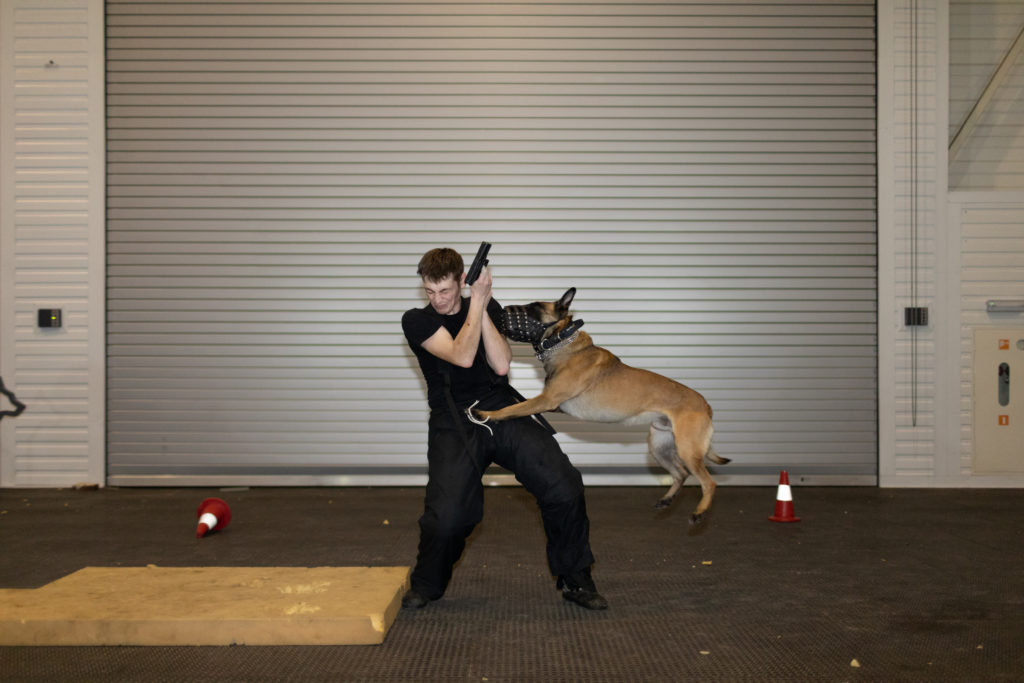 @Copyright Alexander Parkyn-Smith
@Copyright Alexander Parkyn-Smith
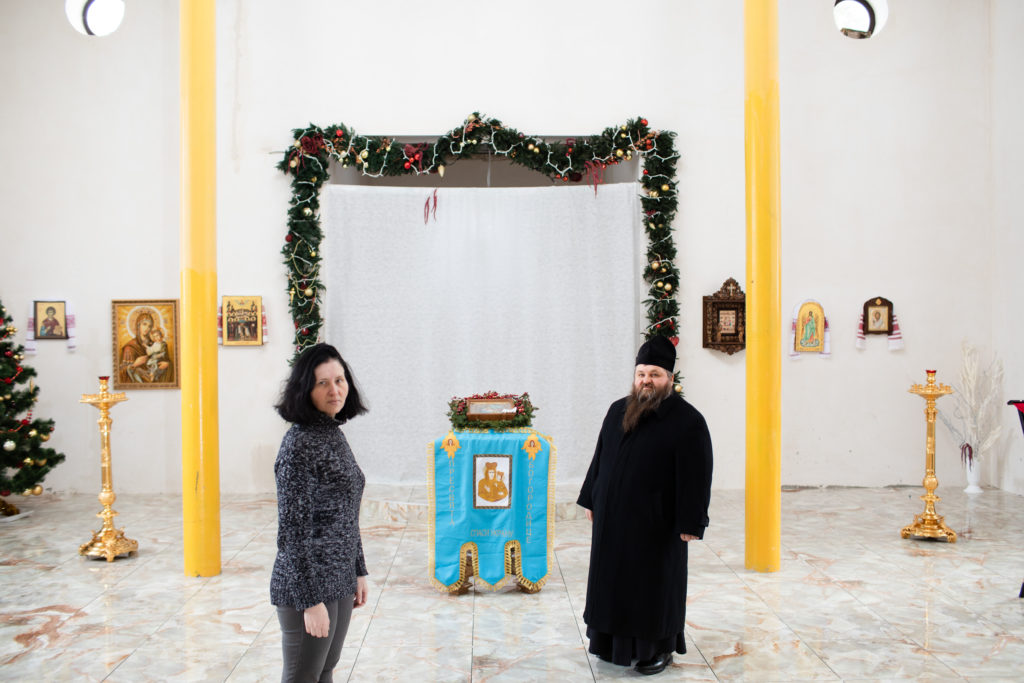 @Copyright Alexander Parkyn-Smith
@Copyright Alexander Parkyn-Smith
HW: Who introduced you to the world of photography? Tell us about how you got started.
APS: I have always taken photos while travelling and found it a reflective way of exploring new places and meeting new people. My undergraduate degree, while focussing on the diversity of human cultures across the world, was academic and book focussed. I needed a change. It was at Goldsmiths, while studying for an MA in visual anthropology, that I began to explore using documentary film techniques as part of an ethnographic research methodology. Moving and still image have always overlapped for me. The considered aesthetics and of photography and technical procedures and physicality of working to capture moving images with a camera, while also interacting with people around you, come from my tutors at Goldsmiths. My knowledge of the world of documentary photography and canon of photographic history is down to the immersion in the exciting buzz of people and work at the Martin Parr Foundation, where I have worked part-time over the last two years.
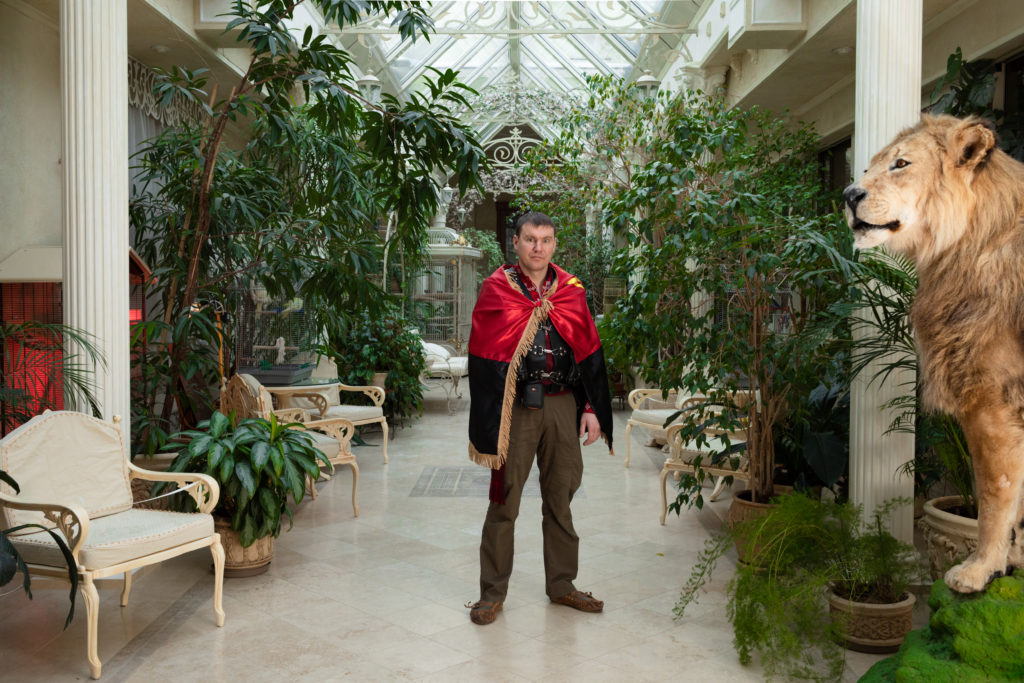 @Copyright Alexander Parkyn-Smith
@Copyright Alexander Parkyn-Smith
HW: Which artists/photographers are you a fan of? Where do you get your inspiration from?
APS: I love Werner Herzog’s films, both their spontaneity and the space they give the subjects to breathe and speak for themselves. This sympathy for the subject is also reflected in my interest for neo-realist literature including authors such as Émile Zola and Upton Sinclair, detailing the realities of everyday life.
Aesthetically, the work of the filmmaker Andrei Tarkovsky inspires me, with his attention to how a camera can move around and explore a space and the amazing shifting compositions he achieves. In the ‘Museum of Corruption’ project it was really important to show how the subjects were presenting themselves to me and it is no coincidence that the documentary contexts are rendered to appear as sets in which the subjects are performing their public roles. In this respect the work of Wes Anderson was particularly influential, in particular the aesthetics of presentation for the audience, celebrating rather than denying the photographer or cinematographers presence in a scene.
Finally, the photography of Martin Parr and various forms of art created by Grayson Perry offer a reflective look at modern life which, in many similar ways to my other influences continues the artistic tradition of giving focus and attention to the quotidian.
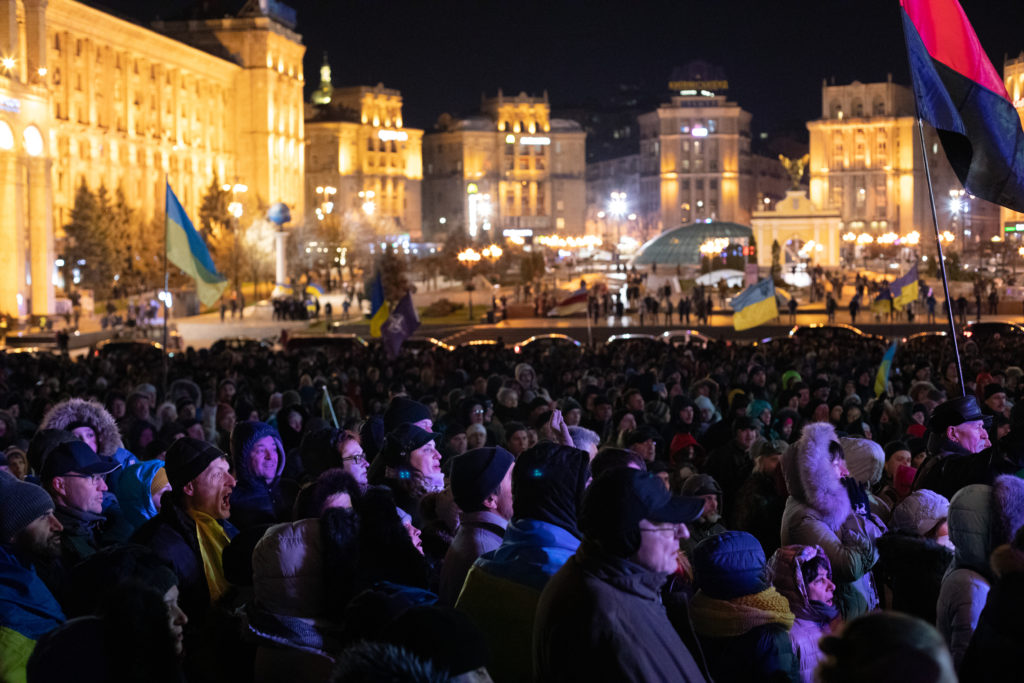
@Copyright Alexander Parkyn-Smith
HW: What are you obsessed with right now?
APS: Coronavirus has had a big effect on photography and film work. Film festivals which I have submitted to have been called off or postponed and exhibitions that were planned have been cancelled. As a distraction I have been obsessed with something quite different, gamified language learning! A chance to improve my foreign-language skills further has helped me see some progression over the previous weeks and mark the passing of time.
HW: What’s the best advice you’ve ever been given?
APS: Keep shooting or keep the camera rolling. It’s the in-between and off-guard moments that often turn out to be most arresting.
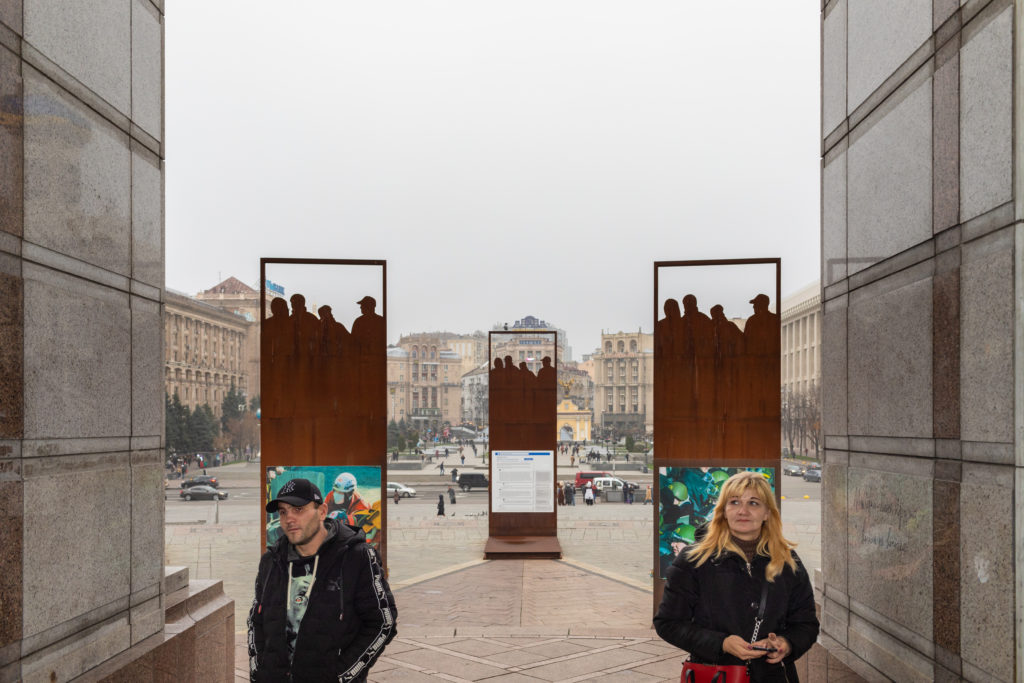
@Copyright Alexander Parkyn-Smith
HW: What do you think your biggest personal or professional success has been so far?
APS: Working through the process of a PhD turned out to be a massive undertaking. From living abroad, learning another language and making sense of a society and culture in another place, it has been the most challenging and rewarding experience and feeds into everything that I am interested in and working on today. I am a firm believer in having a strong idea, feeling or message to communicate through film or photography and that visual methods are just one option available for exploring and explaining them and should be used in conjunction with others.
HW: What’s the dream?
APS: Being able to creatively explore everyday life and better understand how people negotiate their paths through it, with all the myriad variations this incurs.
HW: What is your biggest fear?
APS: A further rise of homogeneity in popular culture, search for instant gratification and a lack of respect for others around us.
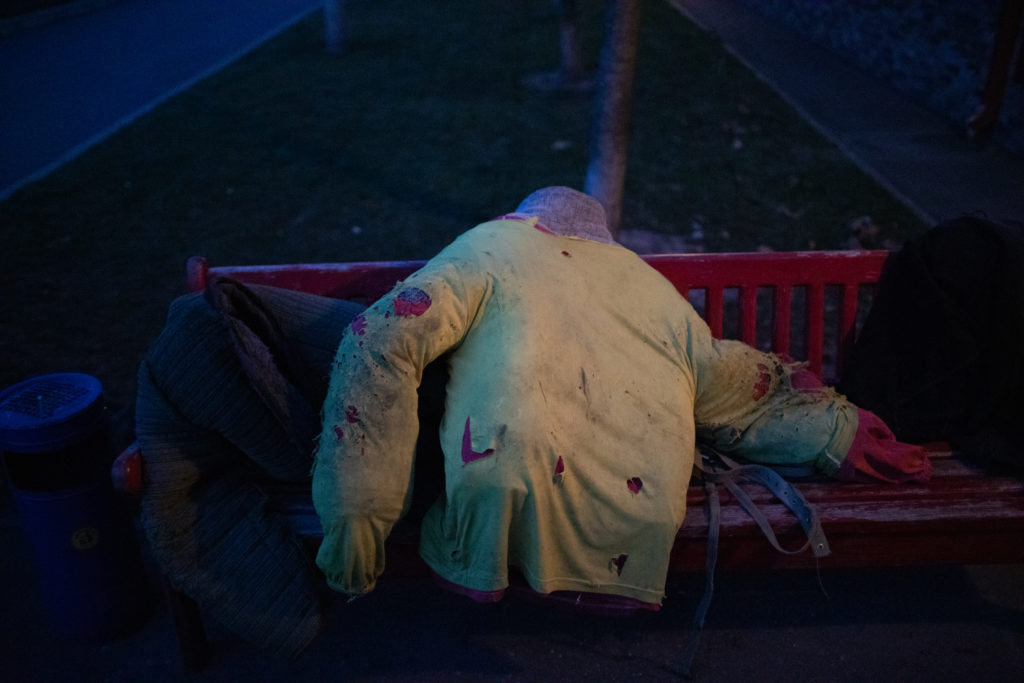
@Copyright Alexander Parkyn-Smith
HW: What is fragility for you?
APS: The uncertainty that all of us live with. The unpredictability of situations is what makes social and visual exploration of the world so exciting. Linking back to the best advice I have had, those moments that fall between, can in themselves be as powerful and meaningful as the dominant, loud and in your face moments. It is the play between these, and the fragility that the offstage may be revealed at any moment, that keeps the balanced performance of everyday life unfolding.
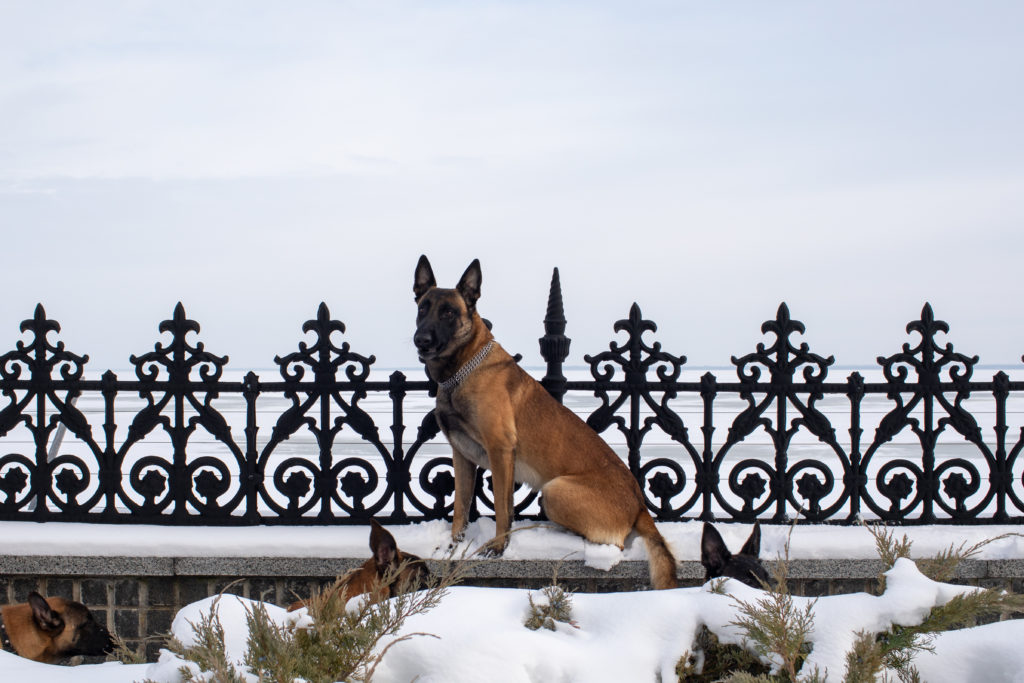
@Copyright Alexander Parkyn-Smith
HW: What do you think of the link between psychology and art?
APS: I see psychology as a way of understanding and explaining, a laying bare and reducing, whereas art is often a celebration of the ambiguity. While they are both interested in the same thing their way of exploring it is often very different and this is a similar dynamic that I have encountered between the academic discipline of anthropology and the creative medium of photography.
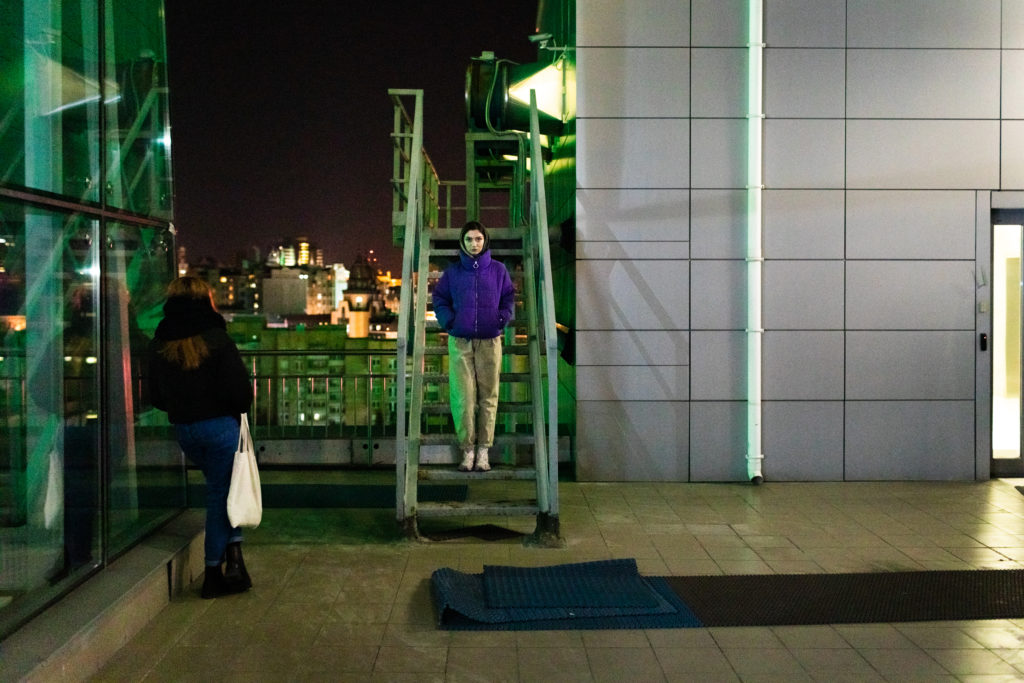 @Copyright Alexander Parkyn-Smith
@Copyright Alexander Parkyn-Smith
Alex@myriadfilm.com
+44 7971 072 653
Portfolio Website
Instagram

